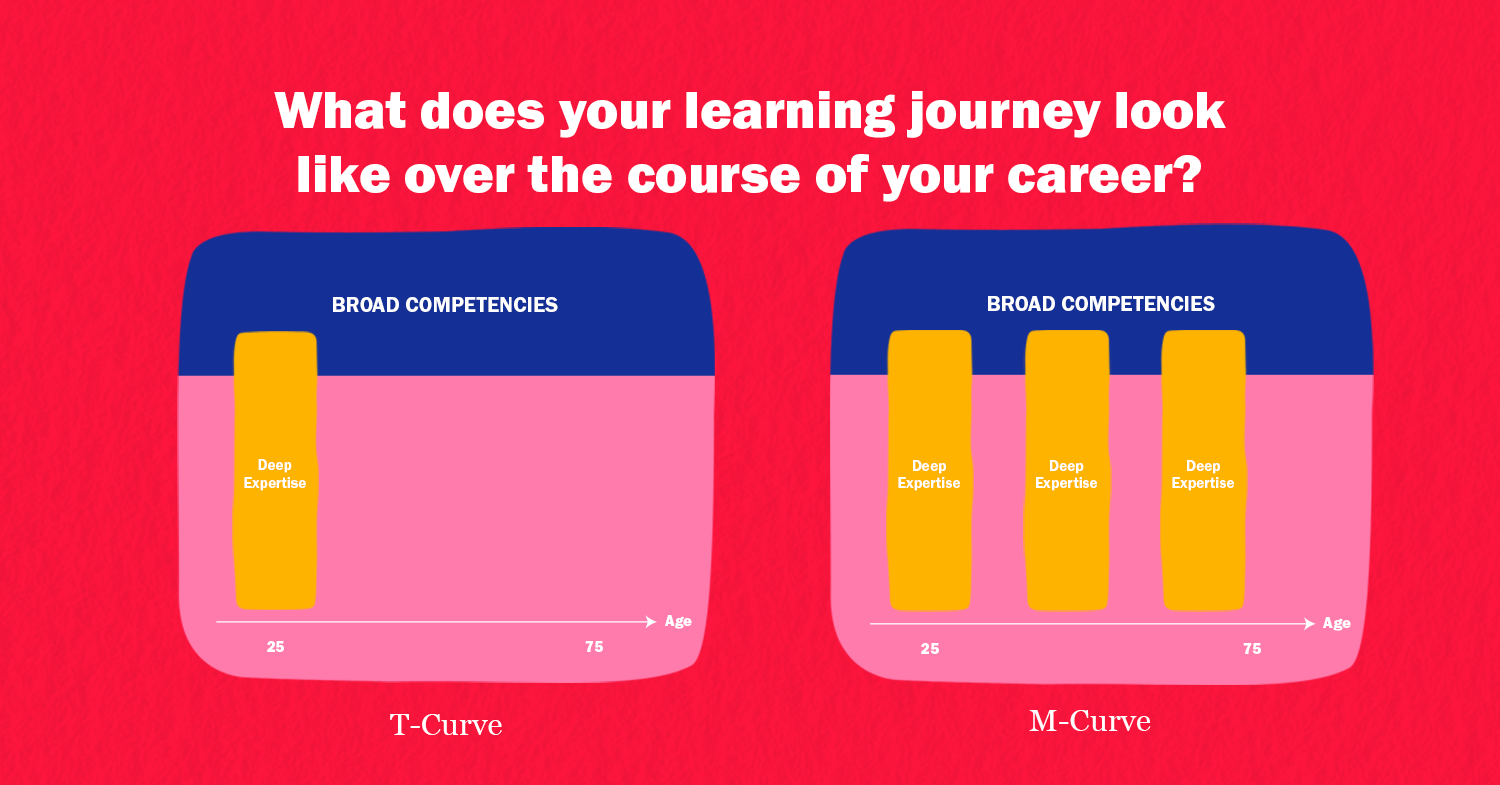
Lifelong learning is a familiar phrase. It is defined as “the ongoing, voluntary and self-motivated pursuit of knowledge either for personal or professional reasons.” But what does this entail, and what does it really mean to be a lifelong learner? Although it may be a popular concept referenced by recent graduates, holding a bachelor’s degree does not necessarily qualify one as a lifelong learner. It is not a preparation for life, but rather learning that occurs throughout life.
Career Development
Lifelong learning is important for an individual's competitiveness and employability, and it also enhances social inclusion, active citizenship and personal development. It has caught the attention of national governing bodies that see the whole of society as a learning resource for each individual (e.g., UNESCO). And, of course, it has become of keen interest to many organizations that want their employees to develop expertise in various fields over the course of their careers. These companies prefer the T-profile to an M-profile (McKinsey), as illustrated by Dr. Nick Van Dam, professor of Corporate Learning & Development at Nyenrode Business Universiteit.

The T-profile (on the left in the above image) illustrates the more traditional method, where workers developed deep expertise in one discipline early in their careers and then supplement this knowledge with on-the-job development of integrative competencies.
The M-profile (on the right in the above image) illustrates the need for employees to develop depth in different areas of expertise, supplemented with targeted on-the-job development, to stay relevant.
Where have you heard about lifelong learning? How do you view it? Does it excite you or, as Jamie Merisotis quite bluntly states in his book “Human Works In the Age of Smart Machines,” does it “sound more like a prison sentence than an opportunity?”
Perhaps it is time we take care in framing the purpose and outcomes of our own lifelong learning…
The Human Brain’s Capacity
The first step is to recognize that humans have a natural drive to explore, learn and grow, even into our adult years. Some may assume that mental and physical abilities decline with age and that after age 25, we lose significant brain capacity on a daily basis. However, in the 1990s, the “decade of the brain,” scientists found that the average brain can improve with age and that we have the capacity to learn throughout our entire lives (NY Times). Many have shown that it’s possible to develop talents and find their niche later in life, such as Grandma Moses, who started painting at the age of 67.
So, what does lifelong learning entail?
Lifelong learning can be thought of as embracing the challenge to understand, explore and support new dimensions of learning. This could include developing a new skill (e.g., programming or sewing), attending courses, taking advantage of training opportunities at work, self-taught study (e.g., learning a new language, subscribing to a podcast), learning a new sport or activity (e.g., learning to ski, joining martial arts) or learning to use a technology. But what if we don’t have that extra chunk of time? How can we incorporate learning into our everyday lives?
In my whole life, I have known no wise people (over a broad subject matter area) who didn’t read all the time — none, zero." - Charlie Munger
Practical and Easy Ways to Integrate Learning on a Daily Basis
Here are some simple tips to encourage learning habits:
1. Record your questions
Take note of the questions that pop into your mind that cannot be answered immediately. Then, make a commitment to answer at least one or two of the most compelling questions each week.
2. Record experiences
Keep a personal portfolio and record learning events, however small.
3. Recognize your own personal interests and goals
Make a list of what you’d like to learn or be able to do, but also write down the things that you come across throughout the day that interest you. Keep specific learning goals separate from your to-do list, and find ways to structure these goals into your daily life.
4. Identify everyday sources of learning
Identify the learning sources available to you each day. Ask yourself, “Am I missing an opportunity to learn? What opportunities are already there, potentially right in front of my nose?”
5. Look out for micro-learning opportunities
Take advantage of even the smallest moments of learning. They add up!
6. Use what you have learned
Look for ways to put your learning into action. Where can you transfer and apply what you have learned? The gap between seeing and doing should be 24-48 hours at most (Forbes).
7. Teach and share
Sharing with others is an effective way to remember information. Aim for learning half the time and sharing half the time (Forbes).
8. Be a performer
Think in terms of performances and break down your chosen interests into a series of mini performances.
9. Read…all the time?
Always have something to read. Whilst we may not be able to read all the time, we are, in a sense, “reading” as we see and interact with people and things around us. We constantly gather and interpret information, discover and learn. How can we be more intentional in this?
10. Seek new insights
Discovery comes from looking at the same things as everybody else but seeing something different.
11. Reflect
Take time each day to reflect: Self-assessment is a required component. When a gap is discovered through self-assessment or self-audit, it seems to have more salience than one exposed by someone else. Many people saw the apple fall, but it was only Newton, through insight and reflection, who discovered the laws of gravity.
12. Play!
Find time to play, which is an important part of learning. It stimulates the imagination and boosts creativity.
And finally, give yourself credit for what you DO know.
Everyday Learning
Putting time in for extra learning does bring its own rewards, but what if we were to pay more attention to the learning opportunities that we already come across every day? If lifelong learning is to be viewed, not as a preparation for life, but as part of life itself, then we must begin to recognize how we can learn in our everyday lives. We must make the most of the learning sources that we interact with on a daily basis.
We hope that you can add a bit of learning and development to each day using the list above. What other ideas do you have? How do you incorporate learning into your day?
That is what learning is. You suddenly understand something you’ve understood all your life, but in a new way.” - Doris Lessing


